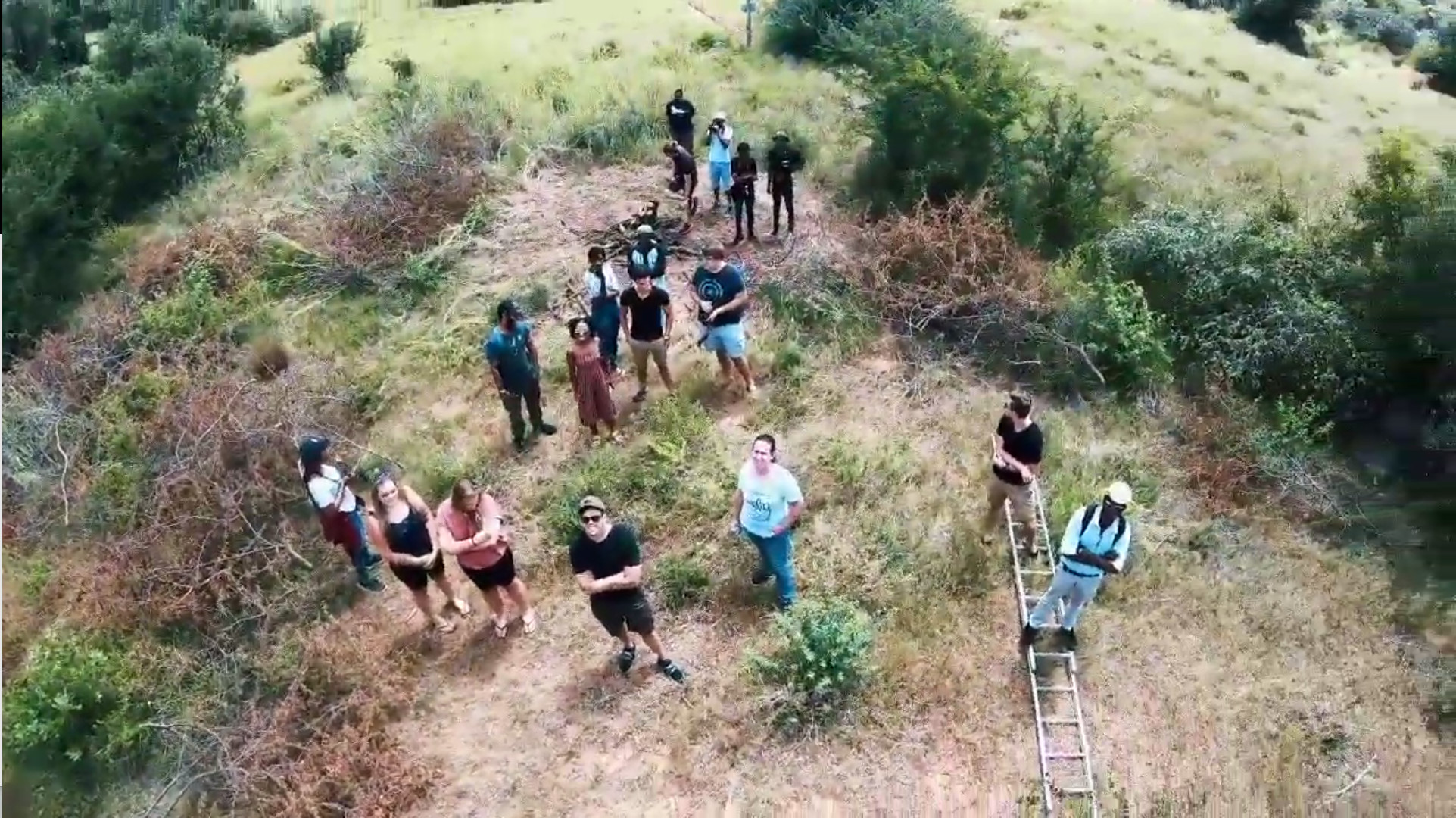The Mabula Ground Hornbill project is conservation organisation which aims to reduce the decline of the endangered Southern Ground Hornbill bird. A partnership between the TUT Industrial Design program and the Mabula Ground Hornbill Project began in 2017 with the development of a artificial nest for the Southern Ground Hornbill. This nest has undergone a series of iterations and prototypes are being tested.
The nest is a composite nest made from structural foam and a skin of M1 (http://www.masterworks.co.za/) and natural fibres. During testing it was found that the natural fibres were not strong enough when subjected to the pecking of the birds. Therefore the birds were damaging the prototypes. In order to improve the integrity of the nests, a material testing exercise was undertaken. Second year Industrial Design students were asked to conceptualise a peck-simulation device which could deliver a consistent peck.
The students were then tasked with developing samples using M1 and various fabrics that they could source. These samples were left to fully harden before the samples and pecking-device was taken through to the Mabula Ground Hornbill Project.
During the visit to the Mabula Ground Hornbill Project students got totrack down and see the Ground Hornbill Bird. We then went through to the base where the existing nest (for the Mabula family unit) is located. Thereafter testing of the samples began. The exact force with which the southern Ground Hornbills peck is unknown (we are investigating measuring it), so we consulted with the conservationists and let the device “peck” a few samples to visually gauge the potential force. A multilayer-composite with two different fabric types and M1 proved to be the better solution, with only minor damage inflicted by the “peck”.
The pecking-device is also going to be “beautified” and made to look more like a southern ground hornbill. It will then be donated to the Mabula Ground Hornbill project for them to use as part of their education program. They will be demonstrating the “pecking” force to school children.
The next phase of the project is to develop a single nest using the new multi-layered fabric and M1 composite. This nest will be tested by letting captive birds occupy and probably peck it. Assuming this nest is successful additional nests will be developed and distributed to various reserves across Southern Africa with the hope of increasing the chance of breeding for these birds.


